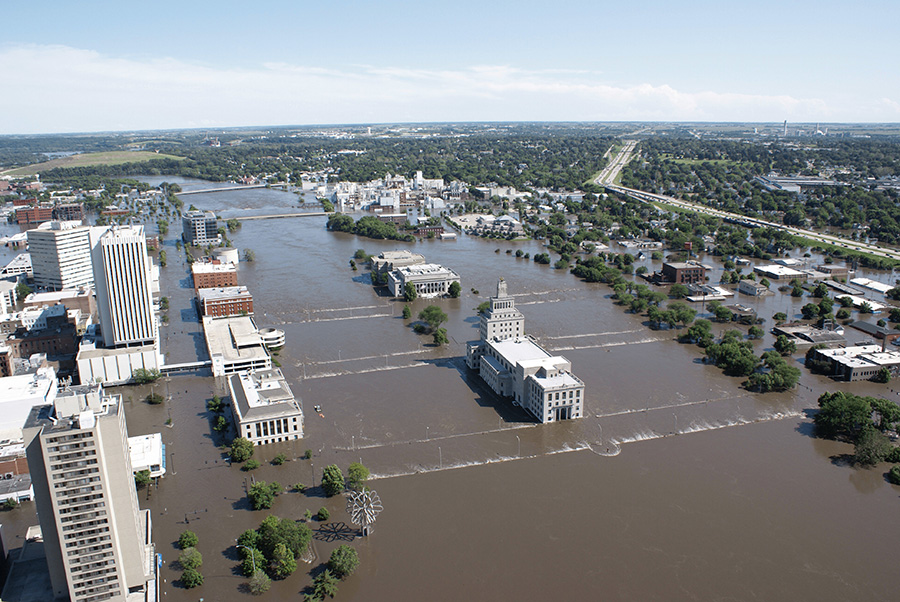Our Commitment to Environmental Advocacy

 Sasaki
Sasaki

Dear friends and colleagues,
It appears that the president has decided to withdraw from the Paris climate accord. We gathered as a firm just yesterday to discuss the importance of moving from intent to action. We also talked about the need to take a stand together at times when our collective values are being called into question. Now is one of those times.
As a community of designers that aspire to bring positive change to the world through the power of place, I would like to make clear that our position on climate change remains strong. As we all understand and appreciate, the topic of climate change is one that will far outlast the current political cycle. We cannot and will not change our stance towards responsible stewardship of our planet.
To argue whether or not climate change is a man-made phenomenon is moot. It is without debate that increasing temperatures, sea levels, and extreme weather events are things that we must consider in designing for the future. To our advantage, the global design community is well-aligned in its approach to resiliency, and has both the will and the power to influence change regardless of our country’s political stance on the issue. Sasaki is committed to standing with our peers and colleagues in continuing to advance best practices in sustainable, resilient design. Sasaki joined over one thousand other firms in signing the AIA’s Commitment to the Environment (COTE) letters to the Department of Energy and the EPA. You can view those letters here and here.
We are also committed to working with the public and private sectors to influence positive change on the environment. We do this through working side-by-side with clients who ask us to develop strategies for stemming the rapid loss of the Mississipi Delta, illuminate the implications of Sea Change in Boston, design the first zero-net-energy academic lab science building in the Northeast, plan for long-term resiliency in the wake of Cedar Rapids’ disastrous floods, imagine more sustainable urban farming approaches in Asia, support efforts to end homelessness, and support the implementation of nature based solutions in a whole host of designing and planning scenarios. We also recently joined 60 firms in signing an open letter to manufacturers giving notice that we would begin phasing out harmful materials and products from specifications. Efforts like this have and will continue to have an enormous effect in propelling material transparency for buildings, moving us towards a circular economy. It also demonstrates that, despite the proposed defunding of the EPA, the business sector can be an effective partner in pushing our sustainability agenda forward.
Together, we can and will continue our path towards a resilient future. I ask you to join me in the continued pursuit of environmental advocacy. As stated by the American Planning Association policy on climate change, the challenges of resiliency ‘will require proactive responses across all planning sectors, from land use to transportation to natural resource management to public health and safety to economic development. Existing tools and techniques, such as green building, multimodal transportation and traditional neighborhood development, will be pressed into service. New tools and techniques will be required to be developed.”
We are excited to continue leading the charge.
Sincerely,
James Miner, AICP
Managing Principal